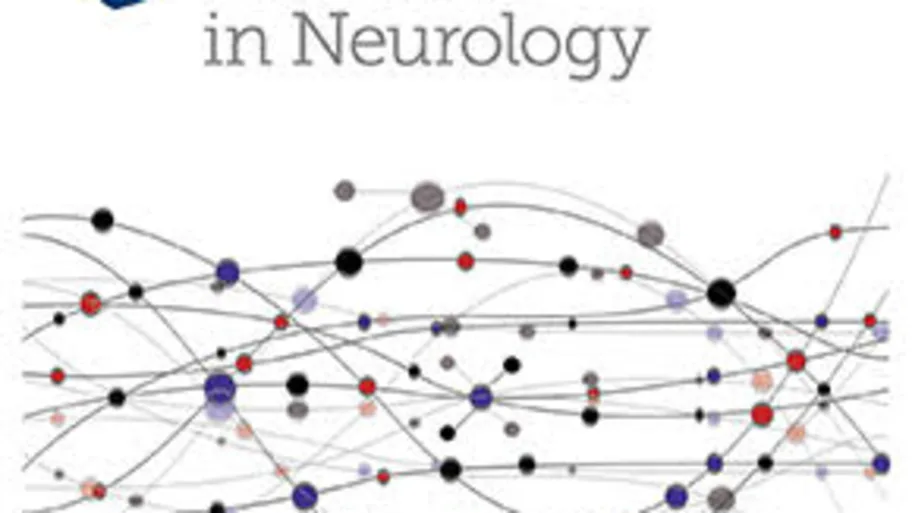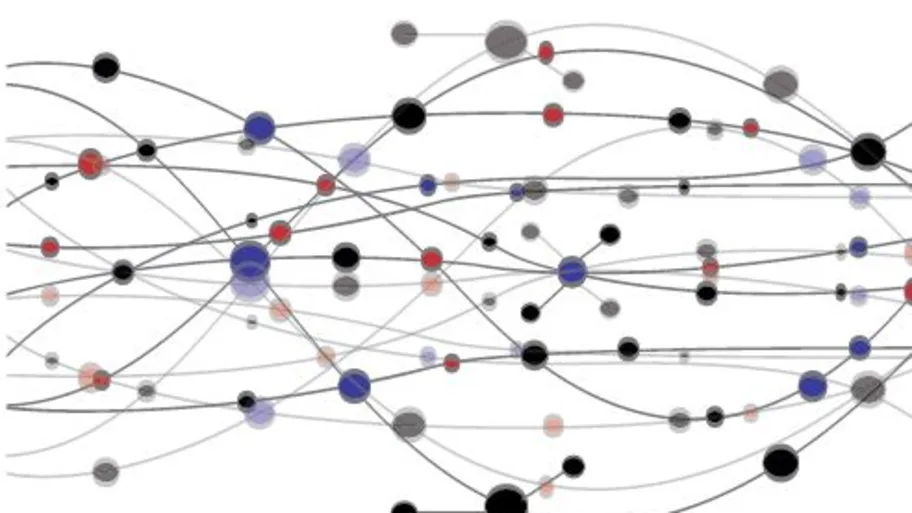
- Science News
- Health
- VIDEO: Scientist pushes for improvements in clinical trials in stroke treatments
VIDEO: Scientist pushes for improvements in clinical trials in stroke treatments
Stroke is the leading cause of long-term disability among adults. Known within the research community as a “brain attack”, it is when cells in the brain die due to poor blood flow. For example, in the most common type of stroke, the blockage of a blood vessel starves an area of the brain from proper nutrition, oxygen, blood sugar and other main nutrients.
The prevalence of stroke is just one of the reasons why Professor Jose Biller decided to focus his research on this condition. Chair of the Department of Neurology at Loyola University in Chicago, Biller’s main research interest is in the clinical trials relating to the treatment of stroke.
Taking the clinical approach to stroke also has a personal incentive for Billler as members of his family have suffered from strokes. But it is the preventability and treatability of this condition that drives his interest in the field. “It is a very prevalent condition…” said Biller. “I think there is a need for further advances.”
Stroke can affect everybody
Most of us associate strokes with the elderly and yet Biller has a special interest researching strokes occurring in young adults. Biller explained that strokes can in fact occur at any age.
“They can occur in utero. Certainly [they] can affect neonates, infants, children, adolescents and young adults. Is true that it is more common after the sixth decade of life but strokes can affect any age,” he said.
Biller’s own text book, Stroke in Children and Young Adults, seeks to fill the gap in knowledge concerning stroke in this population.
Science communication could save lives

Latest book edited by Jose Biller and Jose M. Ferro
Not just a researcher, Biller is a keen science communicator and believes that not just medical students and residents, but also the public, should be taught how to recognize the early manifestations of stroke. Recently he was recognized by the American Heart Association/American Stroke Association for helping to improve the health of multicultural communities, and has helped these associations issue new guidelines on the treatment of stroke.
“I think it is very important that these educational campaigns become prevalent across the world,” said Biller. “We believe it is important to educate children perhaps at a school level to recognize what can be the early symptoms of strokes because it is conceivable that they may observe parents or grandparents experiencing those symptoms.”
He says this is critical as being able to recognize the first symptoms of stroke means that the affected individual can receive the proper intervention without any delay. But of course, “the best treatment for stroke is to not have one.” And so as important as it is to educate people to recognize stroke, it is equally as important is to communicate the risk factors behind stroke.
This condition is not just treatable, but often preventable (as high as 80% of stroke cases can be prevented). Through the implementation of simple measures against lifestyle behaviours that are detrimental to health (such as obesity, sedentary life, consuming tobacco products or excessive drinking), lives could be saved.
“We know that as yet the public at large is not fully aware of the risk factors of stroke and that is one component that we should enhance,” he said.
In an ideal world, Biller says that “in the same way that most people know their phone number, they should know about their blood pressure number, they should know about their cholesterol number, and they should know about their blood sugar.”
Treating stroke in the first few hours
For the treatment stroke – time is of the essence. “Every minute counts when it comes to what we call colloquially a brain attack,” said Biller. “There is a window of opportunity and that window of opportunity sits in the first few hours after the most common type of stroke.”
In that time period it is critical to restore the blood flow to parts of the brain that are being deprived. However, the process of restoring blood flow, known as achieving reperfusion, can be a tricky task. This requires a “coordinated effort of multiple members of the health care team” according to Biller.
“Stroke care is not done by one individual, it is not done by one special group of physicians, but rather by a team of physicians,” said Biller. “I think that physicians and other health care providers need to work as teams and recognize that it is critical to work with paramedics.”
The future of stroke
Regarding the treatment of stroke, in the last few decades we have made some major accomplishments from the development of “clot buster” drugs to devices that can remove blockages from the large arteries of the brain. Biller thinks that in the future, advances in technology will have a huge impact not only on the treatment and prevention of stroke, but also on rehabilitation.
“The ultimate goal is to restore the individual affected [by] stroke to maximum functional capacity,” Biller said.
To make any significant advances, clinical trials are needed to prove the benefits of a scientific breakthrough and test their safety and efficacy. This is one of the major challenges faced by the medical community at large. To optimize the research, and clinical advancement of that research, Biller thinks a paradigm shift in the way clinical trials are run is necessary. “You need to have large number of patients in order to achieve meaningful results,” said Biller. “Therefore clinical trials should encompass not only multiple institutions in the same country, but also multiple institutions across the world to encompass the diversity that can be genetic or otherwise.”
World collaboration on researching stroke at the academic, clinical trial and publishing level can only expedite advances in this area. Biller is the Field Chief Editor of Frontiers in Neurology and believes that getting research into the hands of those who can benefit from it is essential.
“I honestly do not recall how many years [I have been with Frontiers],” he chuckles. But he is clear on the benefits of openly sharing ones research: “Frontiers is very novel. I think that it is futuristic – it captures a tremendous imagination and creativity. And one of the great perks is the opportunity to work with brilliant colleagues across the world, and receiving constant education from people who are in the cutting edge.”
Biller will continue his own cutting-edge research into stroke at the academic, clinical, and publishing level. To stay up to date with his research you can follow his Loop profile and to read more on Biller’s specific ideas for the future of stroke, see his Field Grand Challenge for Frontiers in Neurology.
Learn more about his book on the Common Pitfalls in Cerebrovascular Disease.






